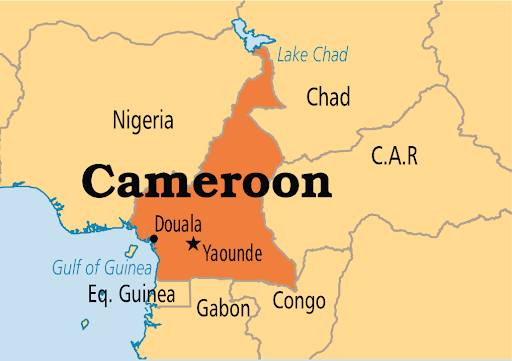
Cameroon: Independence & Ahmadou Ahidjo
From the 16th century, Cameroon was known for exporting slaves. The first commercial treaty was signed in 1856 with the British. Prior to World War 1, the area now known as Cameroon became a German colony but after the war, they were taken over by the French. In 1948, Union of the People of Cameroon was created as the people sought independence. However, the French opposed the unification as it still hoped to benefit from the unification.

In 1952, the people of Cameroon could elect representatives to their own assembly and some to the French parliament. In 1956, Cameroon attained self-governance and their Parliament convened in May 1957. France did not stop meddling and installed the first leader who was eventually ousted after a scandal. In 1958, Ahmadou Ahidjo, leader of the Cameroonian Union (UC), became the leader of the government. He was eventually elected President by the National Assembly in 1960. Ahidjo was a popular leader in the northern French part of Cameroon. During that period, the English-speaking portion of Cameroon voted to join Cameroon rather than Nigeria in 1961.
The French continued to meddle in Cameroon’s affairs including sending French troops and aircraft to launch a counterinsurgency. Ahidjo used this opportunity to consolidate power by combining the six largest political parties into one and the three trade unions. He was also able to consolidate the country and bring the three assemblies together and created the United Republic of Cameroon. Ahidjo was reelected in 1975 and 1980 but had to resign unexpectedly in 1982 for health reasons. During his reign Cameroon experienced economic growth because he maintained good relations with France.

Ahidjo mainly had support from the Muslim north, however, his successor Paul Biya was a southerner with mainly Christian support. Paul Biya succeeded Ahidjo as President in 1982.



